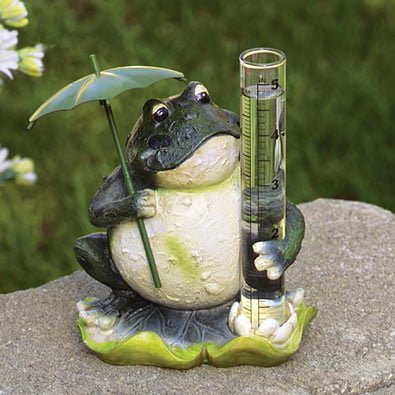Rain Gauge and why downpours are read in mm. In the recent past Pakistan faced some heavy rainfall and currently another round is showering at many regions of Punjab and KPK. But, the question here is how local weather meteorologists quantified and measured rainfall? Moreover, how is a global standard achieved in its measurement?
Well, for this purpose all they need is “rain gauge”, an instrument which takes varying physical forms around the world and has evolved greatly with the passage of time.
Next time, when somebody ask you, what meteorologists and hydrologists use to gather and measure the amount of rain over a specific period of time, remember the answer is a “rain gauge”.
These cylinders are manufactured with accurate measurements for diameter and using suitable materials. Then these rain gauges are placed outdoors in areas, particularly right under the skies where there are no trees or roofs overhead.
Must Read: The Highest network globally named Pak-China Fiber Optic cable Inaugurated today
Using this cylinder, they collect water which is measured later using a graded scale inscribed on the side of the cylinder.
The “height” of the water collection seen on the scale, is what called the rainfall got in the area over the last 24 hours. It is important to mention here that rainfall is generally measured in 24-hour periods. However, the rate of these readings will depend on the requirements of the local collection organization.
Even though this is the standard followed in all rain gauges, the real procedure adopted varies significantly from instrument to instrument and place to place. So when you watch a rainfall reading in millimetres or centimetres, it is just the height to which the gathered water rose in the funnel of the rain gauge.
Government meteorological departments put identical rain gauges across the region, and then average of those readings is used to record the rainfall in particular town or city.
In Pakistan, the responsibility to measure and collect rainfall data is at PMD (Pakistan Meteorological Department).
Some countries use a network of volunteers equipped with these instruments to obtain rainfall data for lightly populated areas, instead of setting up government weather stations. However, these readings are extremely localized. As a result, that rainfall may not be the same even in the same neighborhood occasionally. Hence, one shouldn’t depend too much on their accuracy but use them as simple indicators.




